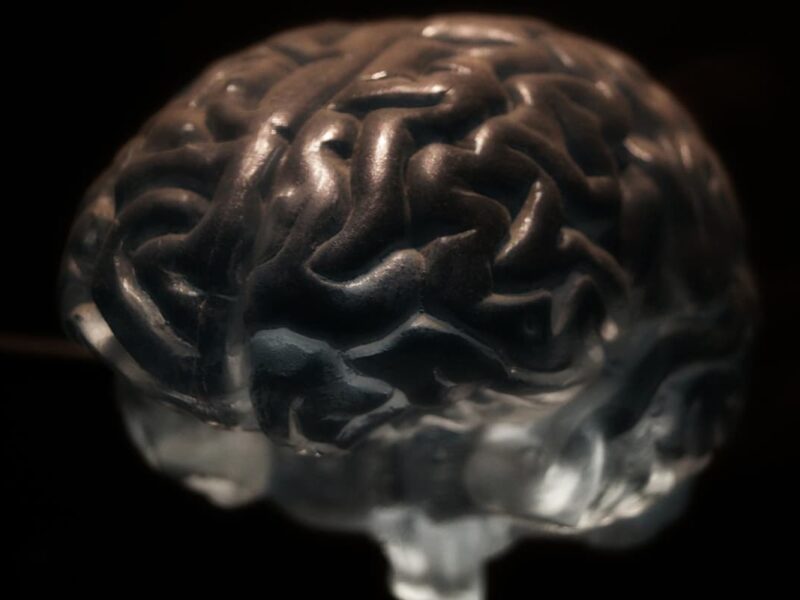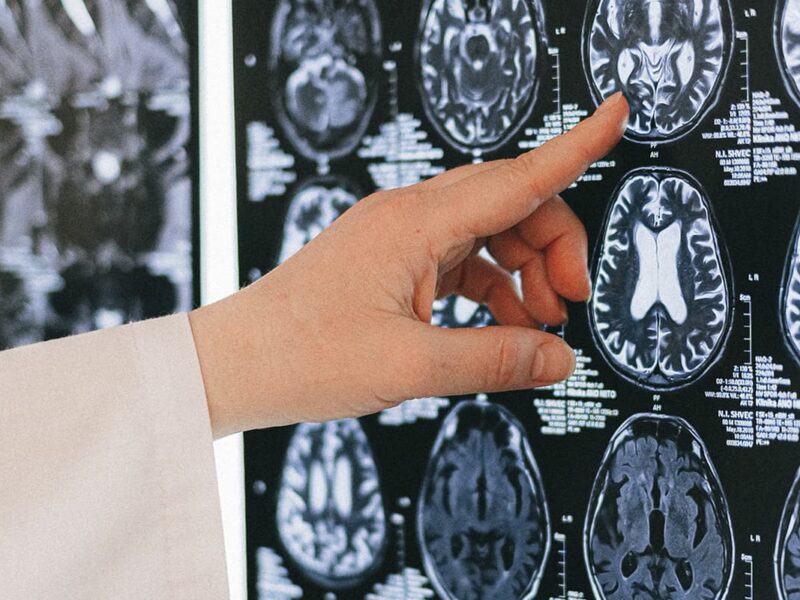Each brain region influences different aspects of behavior, and neurobiology seeks to understand this connection. Neurobiological research has revealed the role of the frontal lobe in personality, emotion, judgment, problem solving, abstract thinking, attention, and planning. The frontal lobe contains the so-called Broca’s area, which is responsible for speech. The parietal and occipital lobes play an important role in interpreting information. The parietal lobe is involved in decoding language, visual cues and spatial perception, while the occipital lobe contains the visual cortex. The temporal lobe includes the auditory cortex and Wernicke’s area, a key part of the brain needed to understand language.
Neurotransmitters are secreted by neurons and have three functions: excitation, inhibition, and modulation of other neurons. Most neurobiological disorders are associated with impairment of these functions. Disorders may be caused by alterations in the synthesis, secretion, and receptivity of neurotransmitters by neurons, or by damage to the neurons themselves.
Neurobiology and EEG
Electroencephalography (EEG) is used in medicine and neurobiology to study patterns of neuronal excitation and other brain activity. EEG is recognized as an important clinical tool for understanding the relationship between brain function and behavior. EEG is widely used by neurobiologists for non-invasive brain studies. Cognitive, perceptual, and motor activity associated with information processing can be assessed using EEG.



